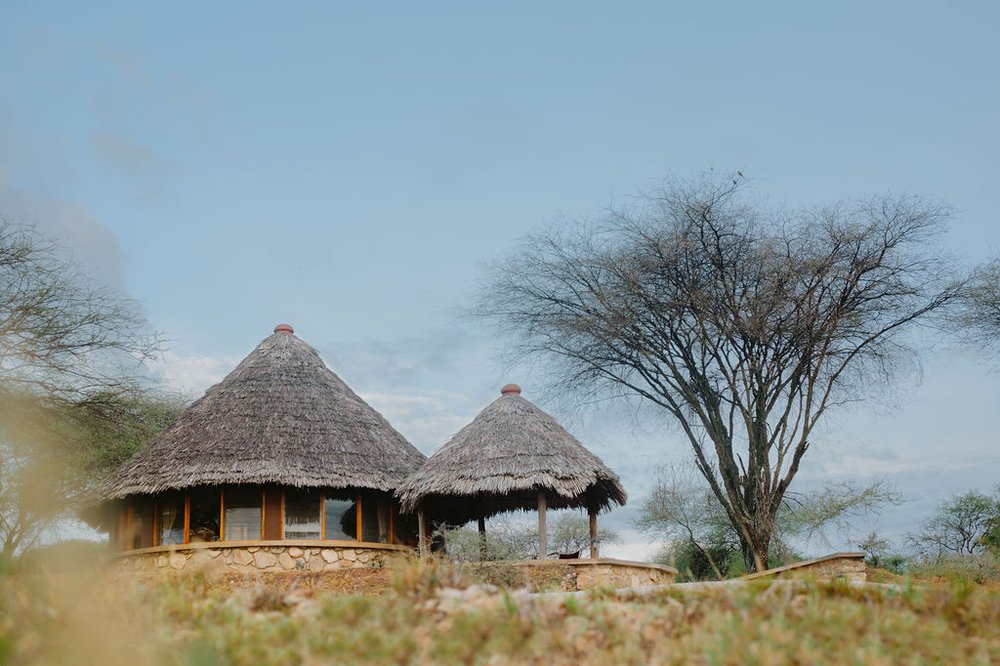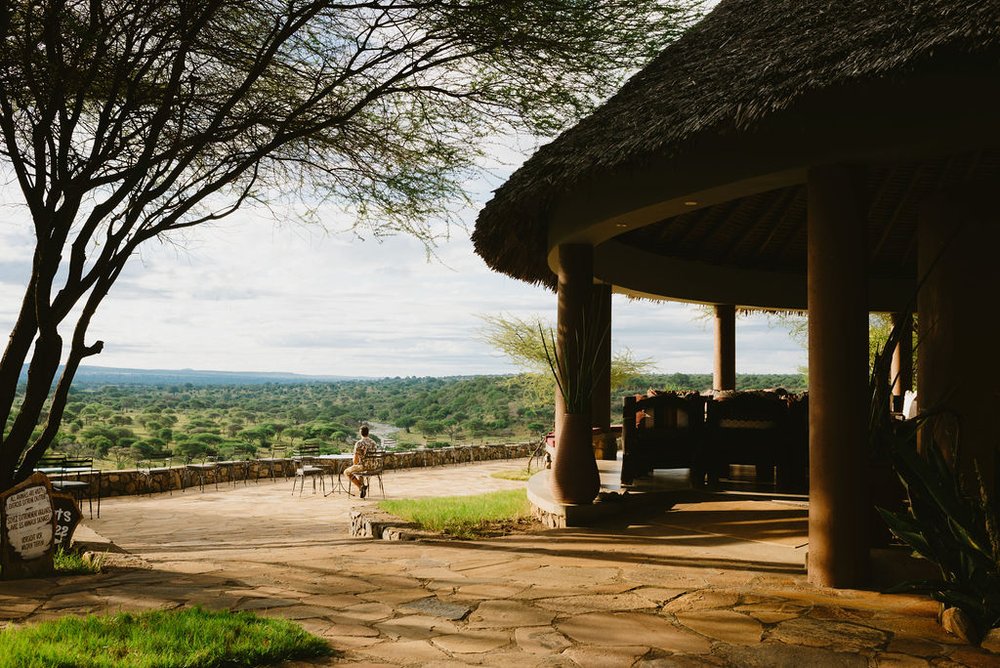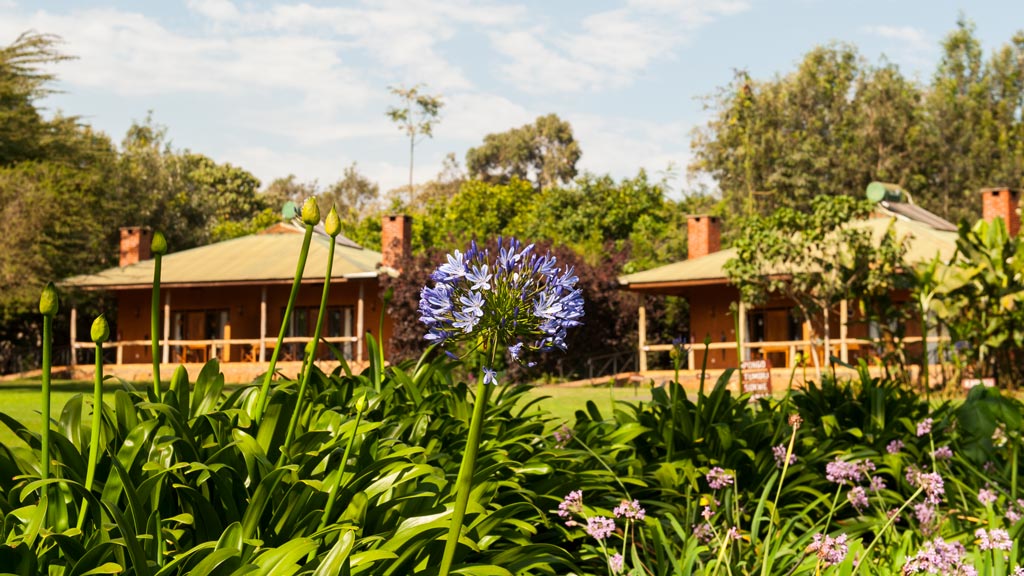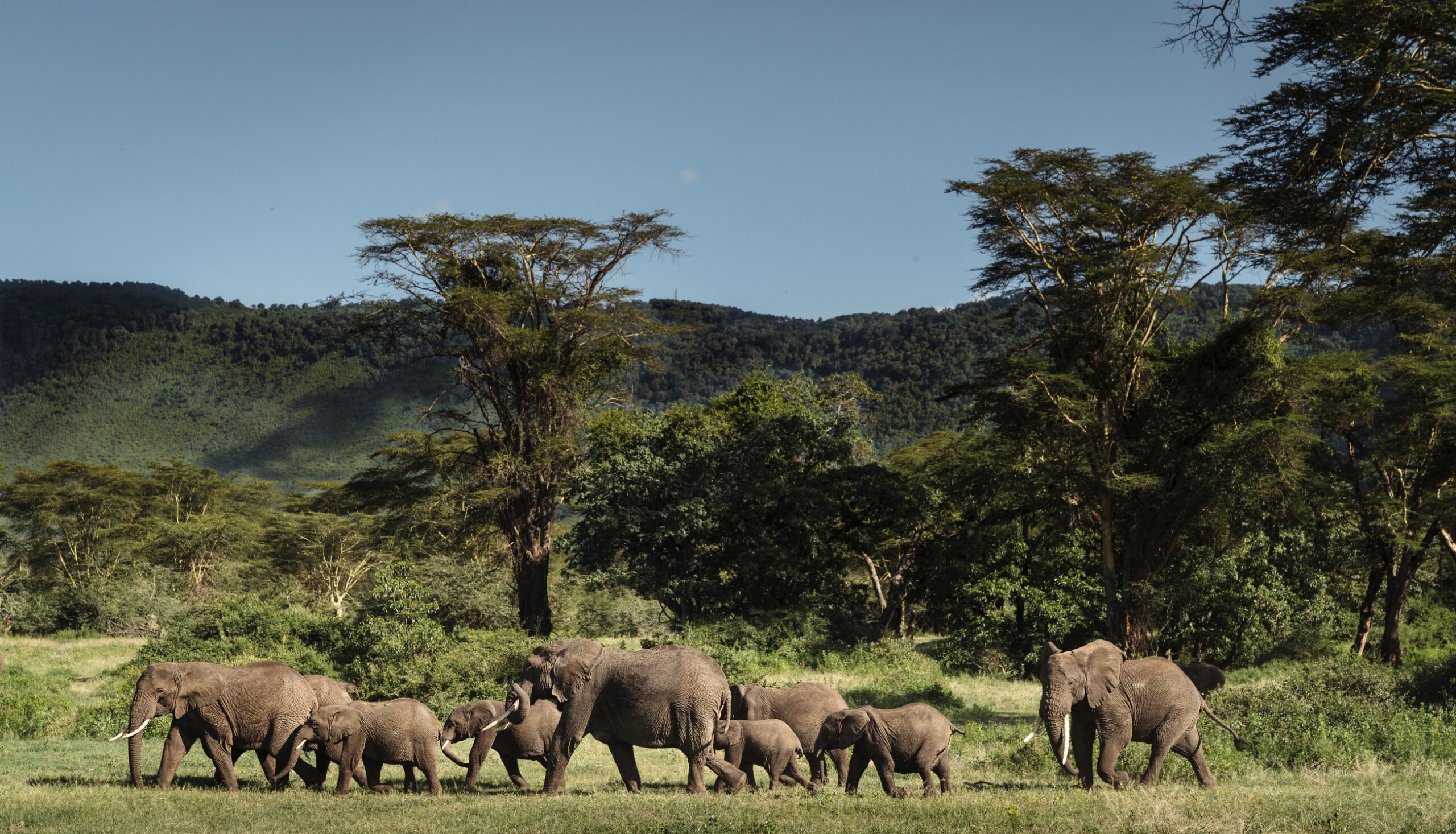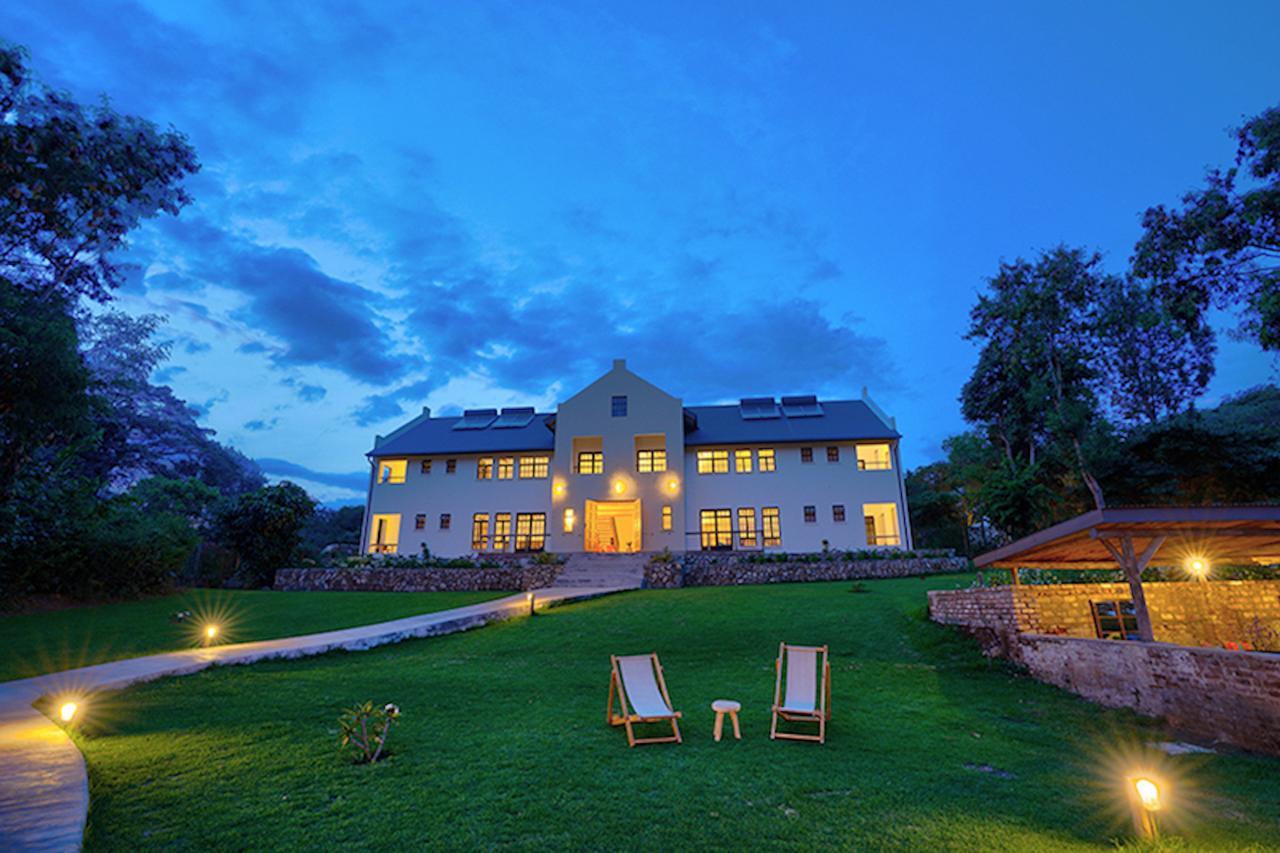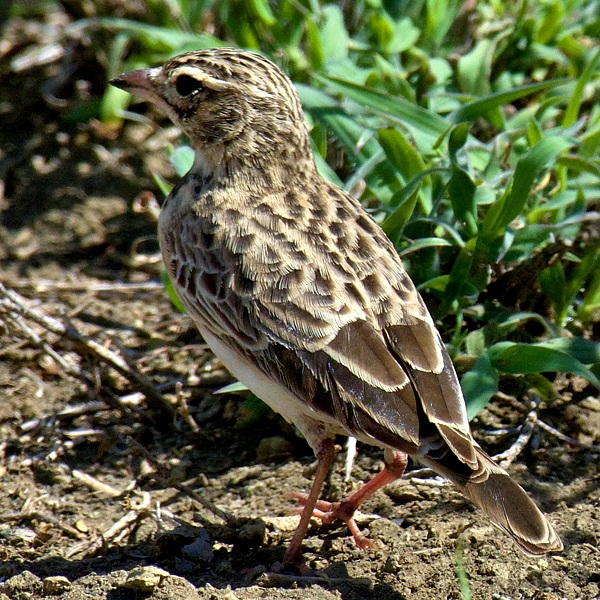7 Days Tanzania Birding Safari
7 Days Tanzania Birding Safari
- Adult
- Child
Discover the rich avian diversity of our 7-Day Birding Safari. Explore the Tarangire, Lake Manyara, Ngorongoro. Tanzania, nestled in the African Great Lakes region, boasts an extraordinary abundance and diversity of bird species. With its rich tropical habitats, the country attracts both endemic and migratory birds, making it a birdwatcher’s paradise. From shimmering water bodies to vast grasslands, woodlands, and swamps, every habitat offers a unique opportunity to witness the vibrant avian life.
You don’t need to be an ornithologist to appreciate Tanzania’s strikingly beautiful birds, from the dazzling Lilac-breasted Roller to majestic Ostriches. Many visitors, initially indifferent to birdwatching, find themselves captivated by the colorful array of species and their intricate behaviors.
Our itineraries cater to all levels of bird lovers, with experienced guides ensuring you won’t miss any of the breathtaking sightings. In wetland areas, expect to spot waterfowl like Flamingos, Herons, and Kingfishers. Meanwhile, open grasslands reveal larger birds, including Secretary Birds and Eagles, while woodlands host diverse species like Woodpeckers and Bee-eaters.
This tour specifically targets the Arusha area endemics, Tarangire National Park, Lake Manyara National Park, the Ngorongoro Crater, and the scenic Ngorongoro Highlands. Prepare for an unforgettable journey through Tanzania’s stunning landscapes and vibrant birdlife!
Duration
7 Days
6 Nights
Tour Type
Mid-Range
Language
English, French, Spanish, German
Highlights
- One of the greatest bird sights in the world
- Spot flamingos and other bird species in Lake Manyara
- Big Elephant herds in Tarangire
- Guided Safari walks
- Great photographic opportunities
- Fantastic big game experience
Travel Itinerary
Arusha-Tarangire
Arrive at Arusha or Kilimanjaro International Tanzania, meet your driver/ guide and transfer to Tarangire National Park. The Tarangire National Park is most popular for its large elephant herds and mini-wildlife migration that takes place during the dry season which sees about 250,000 animals enter the park. The fluttering wings and sing-song voices of birds are a constant wherever you go in Tanzania. And although the majority of visitors come for the mammals, this is a country with such an exceptional avian population that even those who’ve never given their back garden sparrows a moments notice before won’t fail to become captivated by the flying rainbows of Tanzania’s bird life. Dinner and overnight: Tarangire Safari Lodge
Exploring Tarangire National Park
Today, spend the day out in the park for big game viewing, photography and slow pace birding. Return to your lodge for resfreshing, sundowners and dinner. Tarangire Safari Lodge with its quintessential safari tents, thatched roofs and large, mesh-screened windows, provide the perfect opportunity to connect with the sights and sounds of nature. Each tent has a comfortable verandah, ideal for bird and game viewing or reading your favorite book after a dusty safari.
Tarangire-Ngorongoro
This morning, check out from the lodge and drive through the Tarangire Baobab Woods to the Ngorongoro Highlands, arriving in time for lunch at the Gibbs Farm. Then, enjoy a guided bird walk to the high elevation of the Ngorongoro Highlands above the Gibbs Farm in search of forest birds. Dinner and overnight: Tloma Lodge
Ngorongoro crater
A game drive in the Ngorongoro Crater starts early. You’ll be at the park gates when they open at 6.00am, and your day starts with views over the largest intact volcanic caldera in the world. At 259 square kilometres (160 square miles), the sheer size of the crater makes it difficult to comprehend the height of the towering walls, but the wind and clouds up here give you a hint. The rim of the crater sits around 610 metres (2,001 feet) above the crater floor, and you’ll begin your descent to a naturally contained ecosystem home to zebra, wildebeest, buffalo, lion, hyena, jackal and even critically endangered black rhino. After Birding and Big game viewing, ascend the crater walls back to Karatu for dinner and overnight at Tloma Lodge.
Game drive in Lake Manyara
This morning, depart after breakfast and with picnic boxes for drive out and descend the Rift valley into Lake Manyara National Park. The rest of the day Birding and Big game viewing. Lake Manyara provides the perfect introduction to Tanzania's birdlife. More than 400 species have been recorded and you can reasonably expect to observe 100 of these in one day. A big array of water-associated birds, including pink-backed pelicans, are easily seen around the hippo pool. When the water level is right, the lake is also home to thousands of pink-hued flamingo. More than 50 birds-of-prey have been recorded including the crowned eagle. Migratory birds are present from November to April. In the late afternoon, drive to Arusha for overnight at Arusha Villa
Engikaret Lark Plains
Today, visit the Engikaret or lark plains. Engikaret or lark plains is probably the most famous birding spot in east africa, famed for its endemic beeslys's lark and other dry country species. The rich avifauna dry plains is located in the North of the famous Tanzania safari capital,Arusha.it is approximately 30 mins self drive from the city centre. The area is typically dry through out except in march to may when the long rains are due. From June to July, the grasses are a little bit long and in the nearby woodlands a green paradise of acacia scrub, supports a number of good woodlands species. Most of the land here is governed by the local maasai community, where they graze their cattles in the famous plains and through the rich acacia scrub. This area supports mainly a large number of passerines, raptors and few ground dwelling birds, a few mammals are sometimes seen in the plains. Being an important bird and biodiversity area for the critically endangered Beeslys's lark, the area is receiving significant conservation support from birdlife and other organisations, apart from the beeslys's there are other good "maasai birds" that inhabit this arid area such as the Athi short-toed lark(endemic to Kenya and northern Tanzania),red-throated tit(an east African endemic), short tailed lark and many more. Overnight Arusha Villa.
Departure
After a leisurely breakfast, transfer to Arusha or Kilimanjaro airport for onward travels.
Frequently Asked Questions
Let’s clarify your confusions. Here are some of the Frequently Asked Questions which most of our client asks.
Have a question in mind
Looking for more info? Send a question to the tour agent to find out more.
When and where does the tour end?
When and where does the tour start?
Do you arrange airport transfers?
What about the local language? Do we need guide services everywhere?
Is tipping included in the tour cost? If not how much should it be for the trip?
What is the age travel limit for children?
When is the best time for bird watching?
Can I combine my safari with a trip to Zanzibar?
Tour Terms & Conditions
- All rates are subject to availability and may change without notice.
-
r="auto">Single supplements may apply.
- Request a quote or speak to one of our African Safari Experts for the best, most current rates available.
-
Our rates are per person sharing unless we note differently. Please treat all pricing as a guide only
-
Bookings are confirmed on receipt of a 30% deposit. Balance of payment is due 30 days before arrival date.

